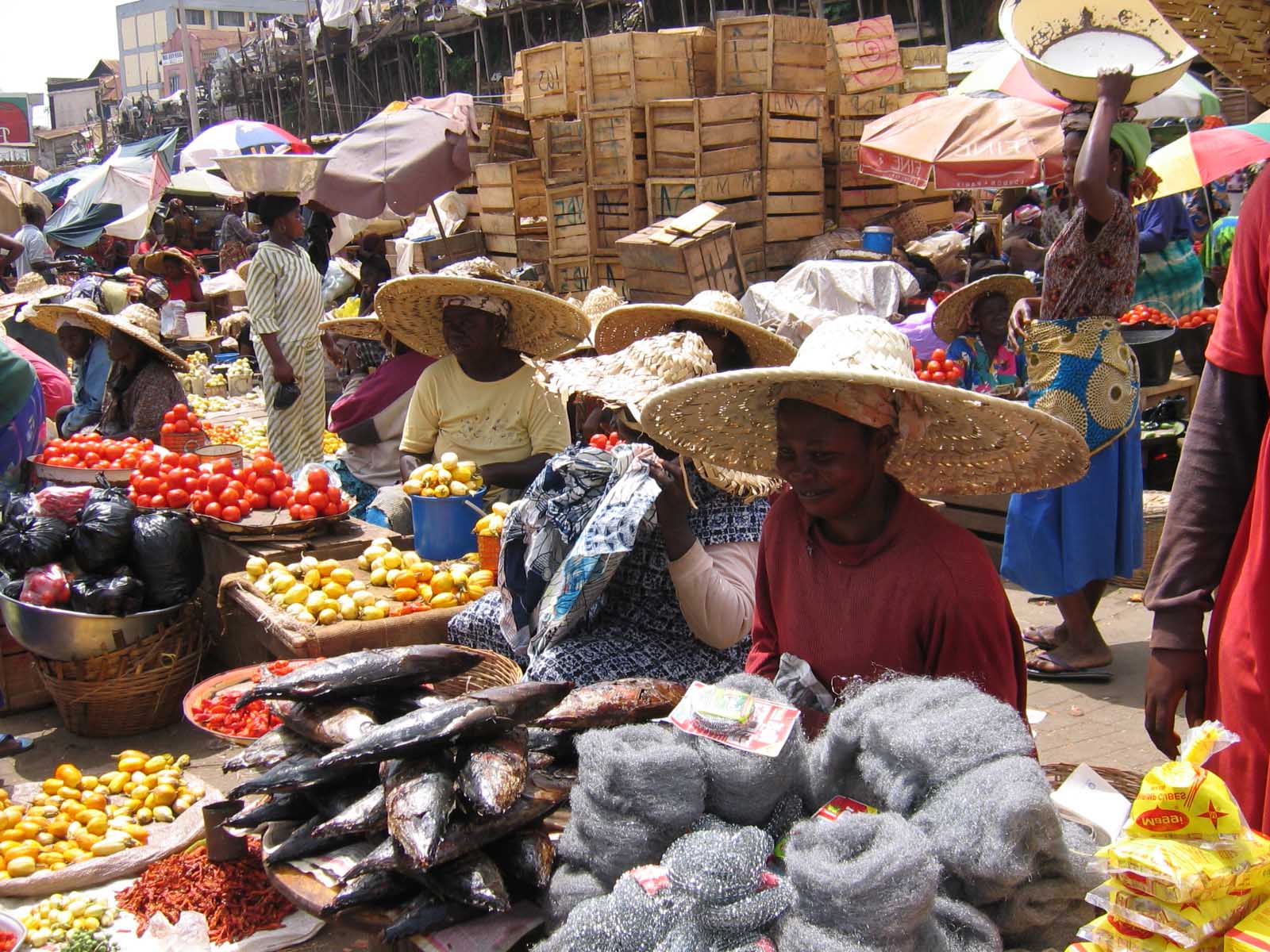“As observed by the Food sub-index, food prices increased for the third consecutive month (year-on-year) in May. This is also the highest year-on- year increase observed this year.”
It said core inflation increased at a faster rate in May compared to the previous month as prices rose by 7.7 per cent (year-on-year) or 0.2 percentage points higher from the rate recorded in April.
“This is the highest year-on-year rate recorded for the Core sub-index this year. Groups that contributed to the increase in the Core sub-index include furniture and furnishings, garments, rental prices, as well as liquid and solid fuels,” it said.
The report noted that prices were pushed higher as a result of “higher prices in bread and cereals, fish, dairy, fruits, and vegetable groups.”
It also stated that the price increases in the food sub-index were however weighed down by relatively slower increases in meat, oils and fats, potatoes, yams and other tubers classes.”
However, urban inflation increased by 0.3 per cent to 8.2 per cent in May while the rural component increased by 7.8 percent or 0.3 percentage points in May compared to the previous month.
On a month-on-month basis, movements in the urban and rural indices largely mirrored the headline index this year. In May, the urban and rural All-items indices rose by 0.8 per cent and 0.77 per cent respectively, which is about 0.2 percentage points higher than rates recorded in April.
To the Regional Head of Research, Africa, Standard Chartered Bank, Razia Khan, although both food and core inflation exhibited the fastest month-on-month increases since January, the impact of earlier forex weakness appears not to have been as pronounced as expected.
She pointed out that inflationary pressure was still relatively benign.
“Nonetheless, there is evidence of upward pressure on prices. The increase in the CPI index seen in every month since March is a touch higher than the average for those months using the index rebased to 2009.
“This does not signal an alarming degree of price pressure – it merely indicates that the trend in the coming months is more likely to be higher, rather than lower inflation,” She argued.
Continuing, Khan stressed that market conditions remains liquid, adding that forex rate has exhibited signs of pressure despite gains in the oil price related to events in Iraq.







